Winner of NASA's 3D Printed Habitat Challenge: Would you live inside the Mars Ice House?
By Bustler Editors|
Friday, Oct 9, 2015
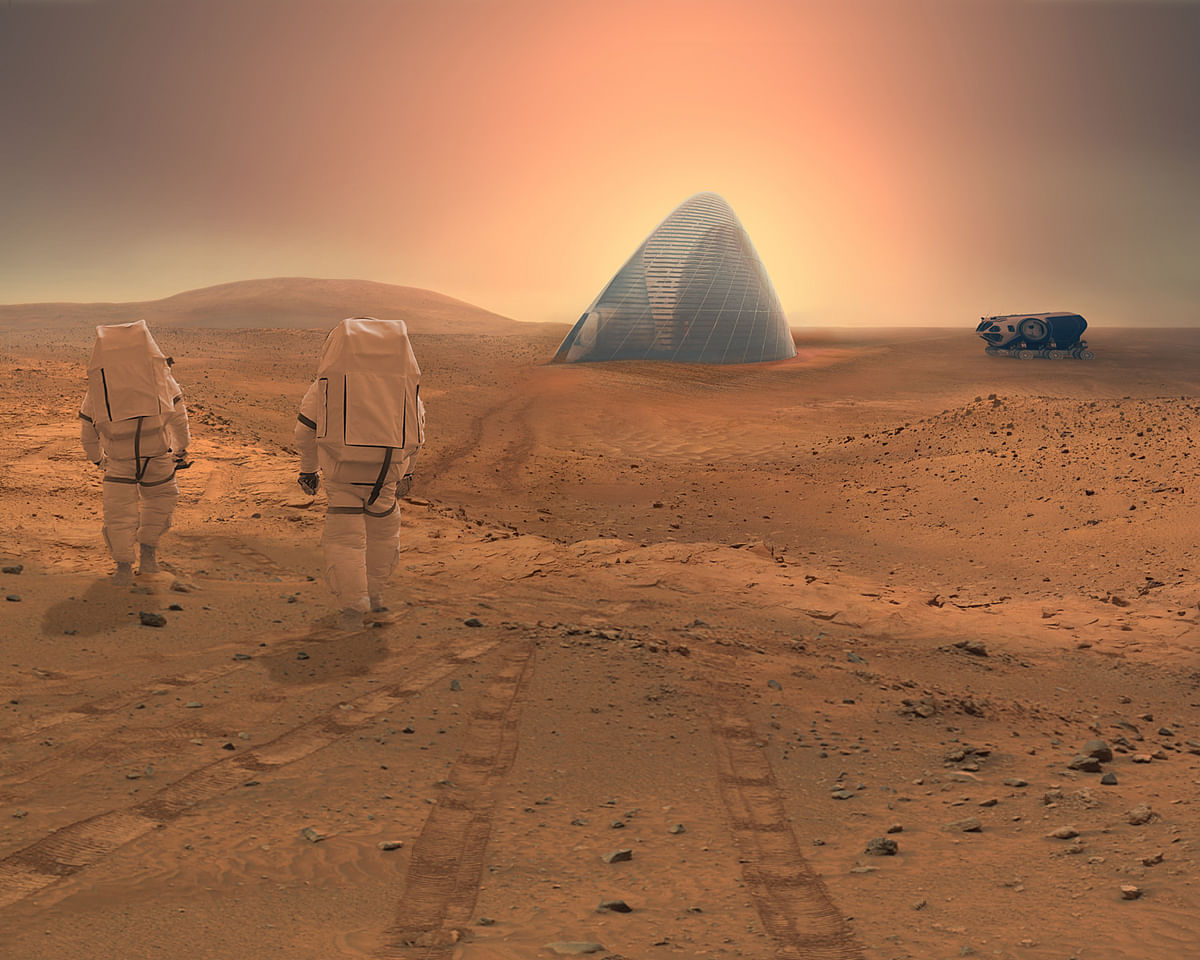
Related
Clouds AO and Space Exploration Architecture (SEArch) recently won in NASA + America Make's 3D Printed Habitat Challenge, which had multi-disciplinary teams design shelters equipped to endure the environments of Mars and deep-space exploration. The Clouds AO and SEArch team scored the overall winning prize with their entry, the "Mars Ice House".
Cool sci-fi aesthetics aside, the design is driven by the idea of enabling inhabitants in the shelter to live comfortably and thrive on the surface of the Martian landscape — and not just survive.
Check it out in further detail below.
Project description:
"Celebrating Light and Visual Connection: The architecture of ICE HOUSE celebrates the presence of a human habitat as a beacon of light on the Martian surface. The design emerged from an imperative to bring light to the interior and to create visual connections to the landscape beyond, allowing the mind as well as the body to thrive. While scientists have experimented with what could potentially be synthetic replacements for sunlight, artificial substitutes do not hold nearly the same circadian variance or ability to balance a crew’s mental and physical health as does experiencing the sun’s actual and unmediated daily cycles. The water ice counteracts the traditional danger of living above ground by serving as a radiation barrier, offsetting fears of solar exposure that have, until now, projected Martian architecture into a dark underworld—buried beneath a regolithic surface that is believed to contain perchlorates, gypsum and other substances hazardous to human life."
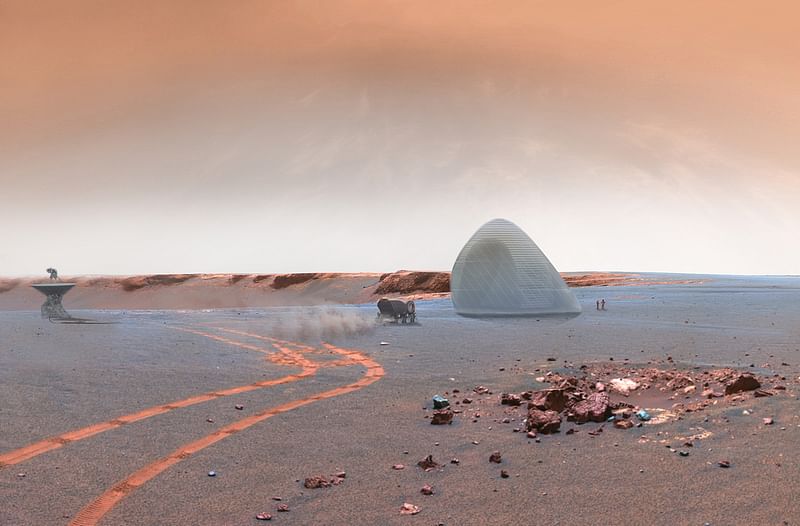

"Water as a Radiation Shield: By taking advantage of water-ice’s ability to filter the sun’s rays and protect against radiation, ICE HOUSE prioritizes a life above ground and celebrates the human presence on the planetary surface. The semi-translucent exterior shell reintroduces the terrestrial concept of interior-to-exterior gradients, challenging common assumptions that extraterrestrial habitats require visually impenetrable barriers which divorce the interior from the surrounding terrain. The heart of the structure, the living quarters, is strictly interior, benefiting from the protection of redundant pressure envelopes. As one moves outward towards the radiation-barrier ice perimeter, there is a transition towards integrated plant life and vistas onto the Martian landscape, integrating the outdoors with the spatial environment."
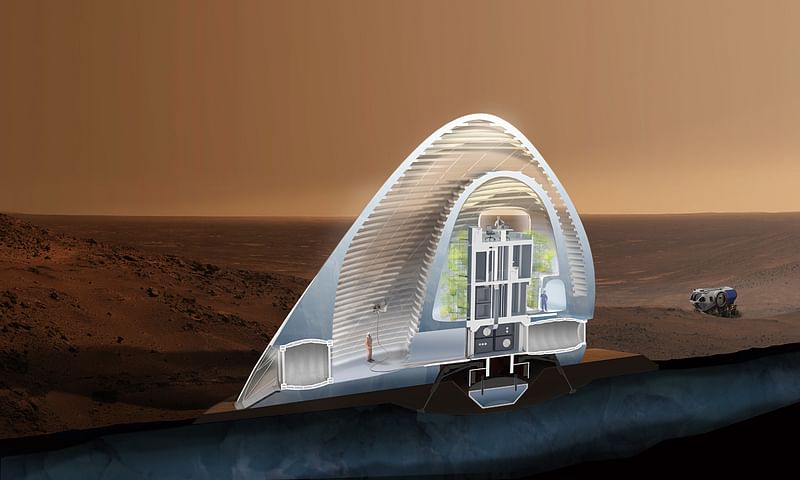
"A Vertical Habitat: The vertically oriented lander, which contains the mechanical services of the habitat, inherits the likely orientation of the crew’s (MTV) Transit Habitat to ease the crew’s adjustment to life on the Martian surface. The habitat’s stacked levels organize core programs by activity within the lander, introducing a spectrum of private to communal interior spaces. Interior efficiency creates sizable storage pockets at the base of the lander to house both the bots as well as the four Environmental Control and Life Support Systems (ECLSS). Once the lander has deployed the inflatable ETFE membrane, pre-fabricated bridges unfold from within the lander, creating ‘pockets’ for inserted program. A spiral stair at the core of the lander provides circulation to the upper levels of the habitat, while simultaneously offering the crew a means for exercise when ascending levels."
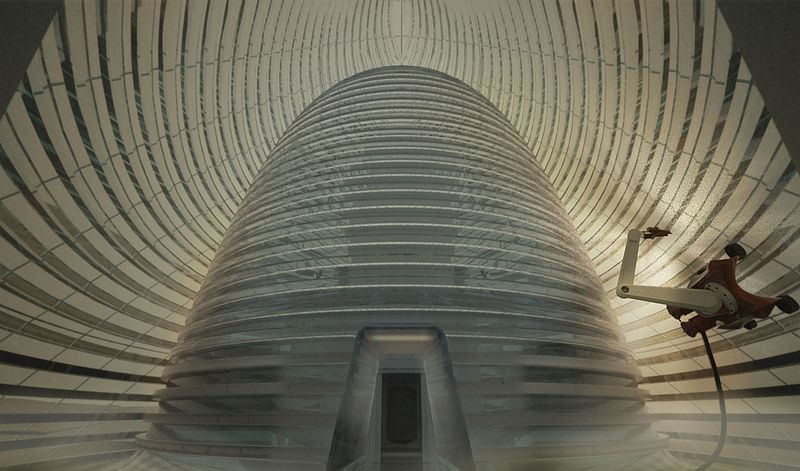
"Intermediate Zone: Thermally separated from the habitat interior, the occupiable 'front yard' pocket just inside the outer shell provides a truly unique protected neutral zone that is not entirely interior or exterior; it enables the astronauts to experience the 'outside' without ever donning an EVA suit. This interstitial zone space demonstrates a new, liberating and revolutionary definition of living extra-terrestrially—one that celebrates the novelty and wonder of living on Mars. Additional light qualities, including alternating color therapies, are achieved via robotic printing of the shell’s surface to create a 'Fresnel lens' effect, refracting and concentrating the light within the interior surface of the domed structure. The lander’s yard exists where a secondary, semi-independent shell of ice peels away from the exterior shell. The protective redundancy of the double skin creates two layers of space between the ETFE membrane and the lander, that while sharing a common pressure boundary, also creates a distinct temperature and air make-up zone. This creates a hereto-unimagined plant filled green courtyards experience on Mars."

"Oxygen Gardens: Between the lander core and the ICE HOUSE interior, verdant plant life surrounds the inhabitants. The vertically growing hydroponic gardens serve as the recreational ‘parks’ within the habitat, disrupting the alien monotony of Mars’ landscape while also supplementing the crew’s food and oxygen. The gardens enable the growth of experimental consumable produce, and their placement between programmatic zones offers the crew contact with natural plant life and colors throughout their daily scheduled activities. The resulting variegated 'dappled' light effects benefit the crew’s psychological and mental well-being and the ‘yard’ provides space in which to vent any excess oxygen produced."
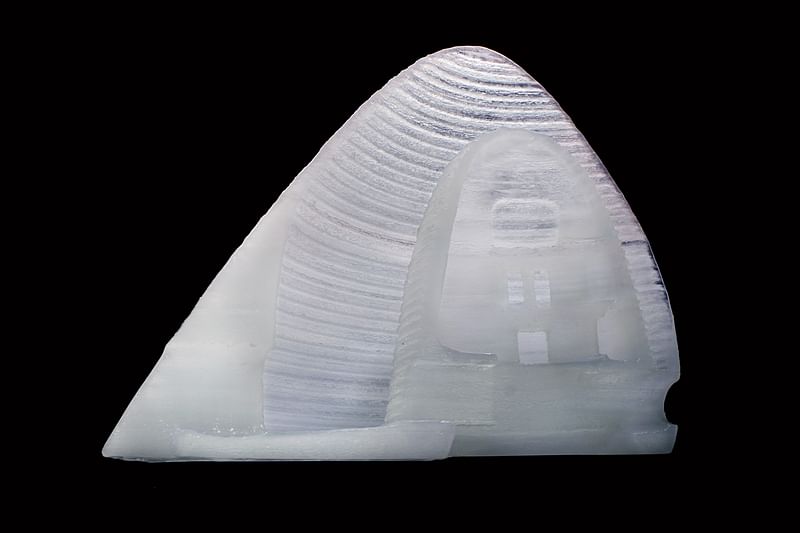
"Spaces 'hollowed-out' of Ice: The interior volume of ice is printed as a series of conceptually excavated or 'hollowed-out' programmatic spaces to form the walls and divisions of the habitat volume. The curvaceous rooms create an illusion of cycloramic space, enhancing perceptions of boundlessness, making a small space seem quite large."
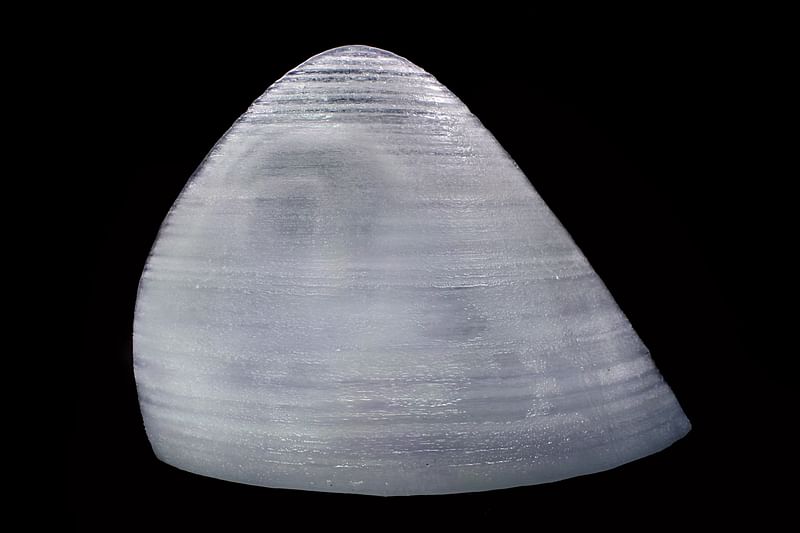
"ETFE windows: Where the ice shell thins, large ETFE inflatable windows filled with radiation shielding gas further expand the perceived volume and frame views into the landscape. Together, these features enable both collective and private opportunities to contemplate the vista of the extraordinary Martian terrain."
Project Team:
- Christina Ciardullo; SEArch
- Kelsey Lents; SEArch
- Jeffrey Montes; SEArch
- Michael Morris; SEArch
- Melodie Yashar; SEArch
- Ostap Rudakevych; CloudsAO
- Masayuki Sono; CloudsAO
- Yuko Sono; CloudsAO
All images © CloudsAO / SEArch. Project text via.
More project images in the thumbnail gallery below. You can find the 3D Printed Habitat Challenge results here.

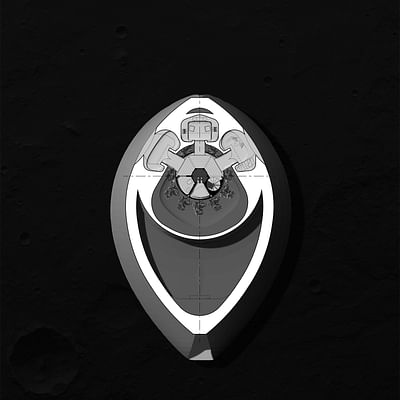
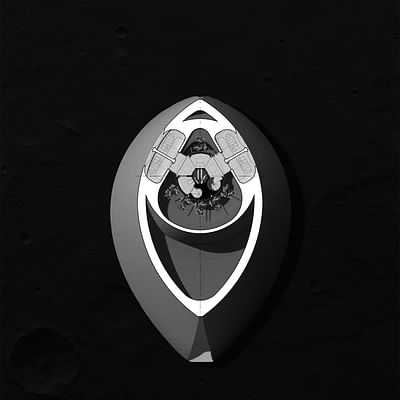
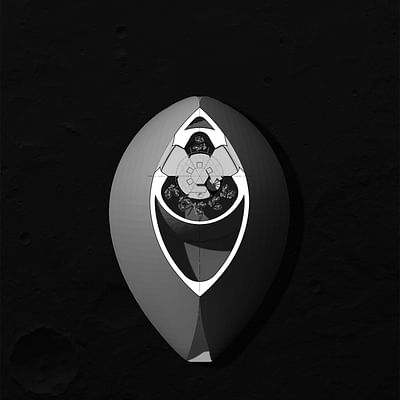

Share
0 Comments
Comment as :